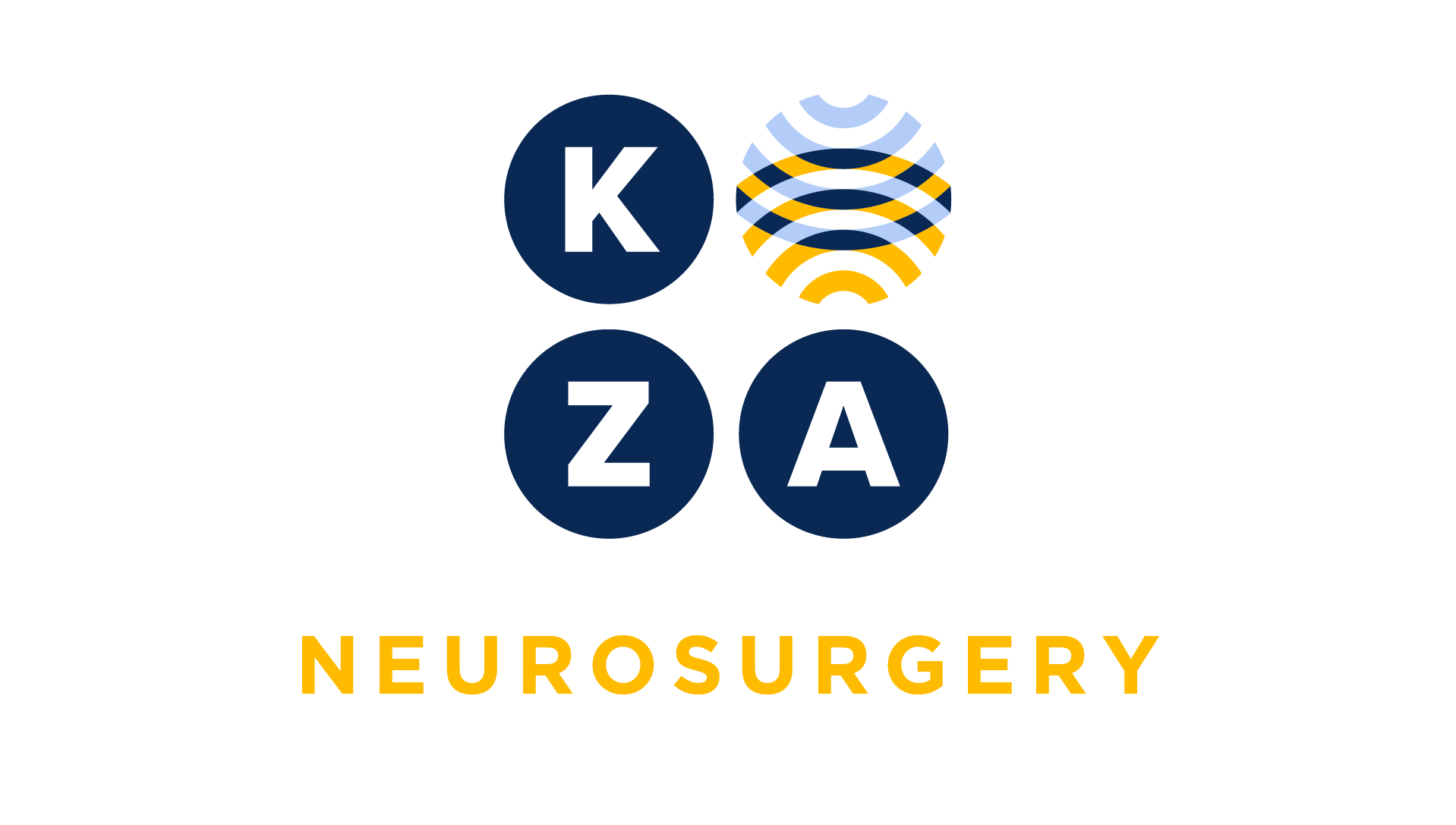
Choose your specialty from the list below to see how our experts have tackled a wide range of client questions.
Looking for something specific? Utilize our search feature by typing in a key word!
Billing an Extremity Angiogram with a Neuroendovascular Procedure
Our endovascular surgeons image the radial artery at the beginning of the procedure ( an initial run) to ensure that the artery is healthy/ in good shape to move forward with the procedure. They do not begin the actual procedure without ensuring the radial artery is normal. They also perform imaging as they complete the procedure (on the way out) to assess for any damage to the artery. Is this separately billable as 75710, imaging of a peripheral artery?
Question:
Our endovascular surgeons image the radial artery at the beginning of the procedure ( an initial run) to ensure that the artery is healthy/ in good shape to move forward with the procedure. They do not begin the actual procedure without ensuring the radial artery is normal. They also perform imaging as they complete the procedure (on the way out) to assess for any damage to the artery. Is this separately billable as 75710, imaging of a peripheral artery?
Answer:
Imaging of the access artery (radial or femoral) whether to assess patency of the access artery or as a completion study, checking to make sure no damage has been done to the access vessels is never billed separately. Accessing a vessel is the approach for an endovascular procedures and is included in the primary procedure. Furthermore, although not the primary reason for not billing, there is no pathology to support the medical necessity of an extremity angiogram and that code requires imaging and documentation of a full extremity study; the entire arm, not just a single peripheral vessel.
*This response is based on the best information available as of 3/28/24.
Denials for Initial Hospital Care and Observation E/M Codes: 2024
We are experiencing denials when we bill 99221-99223 and the place of service is observation (outpatient hospital). Are we doing something wrong?
Question:
We are experiencing denials when we bill 99221-99223 and the place of service is observation (outpatient hospital). Are we doing something wrong?
Answer:
You are billing correctly based on CPT 2023 guidelines for E/M that merged inpatient hospital encounters/codes with observation encounters/codes. Unfortunately, some payor claims processing systems may not yet recognize these changes as they apply to billing. You will have to appeal these denied claims, with CPT references showing the current guidelines for E/M reporting.
*This response is based on the best information available as of 3/14/24.
Modifiers with Unlisted Codes
Can I use modifiers on an unlisted code?
Question:
Can I use modifiers on an unlisted code?
Answer:
In some circumstances, a modifier may be appropriately appended to an unlisted code.
For example,
CPT says, while uncommon, if multiple separately reportable unlisted codes are performed on the same patient on the same date by the same physician, multiple unlisted codes may be reported. If the two procedures are performed in the same anatomic region, then multiple units of the unlisted code may be reported with a modifier 59
Modifier 62 (two surgeons/co-surgery) may also be appended to an unlisted code such as 64999 if co-surgery is documented.
Modifier 58 for staged or more extensive procedures may also be appended to alert the payor to a second surgery during the global period,
During the global period, it may also be appropriate (and recommended) to append global period modifiers such as 78 or 79 to an unlisted code to fully describe the surgical scenario to a payor.
Do not append modifier 50 (bilateral procedure), modifier 51 or modifier 52 or 53 to an unlisted code. Your base, or comparison code, should reflect modifier 50 and the associated increase in fee. The same is true for modifier 22.
*This response is based on the best information available as of 2/29/24.
Billing Ultrasound Guidance with Cranial Tumors
My surgeon uses ultrasound to facilitate locating lesions in the brain and wants to bill 76998-26 for imaging. Is this appropriate?
Question:
My surgeon uses ultrasound to facilitate locating lesions in the brain and wants to bill 76998-26 for imaging. Is this appropriate?
Answer:
No, ultrasound to locate a lesion and/or to confirm adequate resection is included in n the primary procedure and not separately billed
*This response is based on the best information available as of 2/15/24.
Intracranial Cerebral Venogram
Question:
How is an Intracranial cerebral venogram coded?
Question:
How is an Intracranial cerebral venogram coded?
Answer:
Venous catheterization, with the catheter advanced into the intracanal venous circulation, is reported with code 36012, second order venous catheterization. The venous imaging is typically a superior sagittal sinus venogram, 75780.
*This response is based on the best information available as of 2/1/24.
Intracranial Endovascular Venous Thrombectomy
How is an Intracranial endovascular venous thrombectomy coded?
Question:
How is an Intracranial endovascular venous thrombectomy coded?
Answer:
There are no intracranial venous endovascular codes, so this must be reported as an unlisted code, 64999. If performed and documented, a venogram, and the venous catheterization may also be reported.
*This response is based on the best information available as of 12/28/23.


